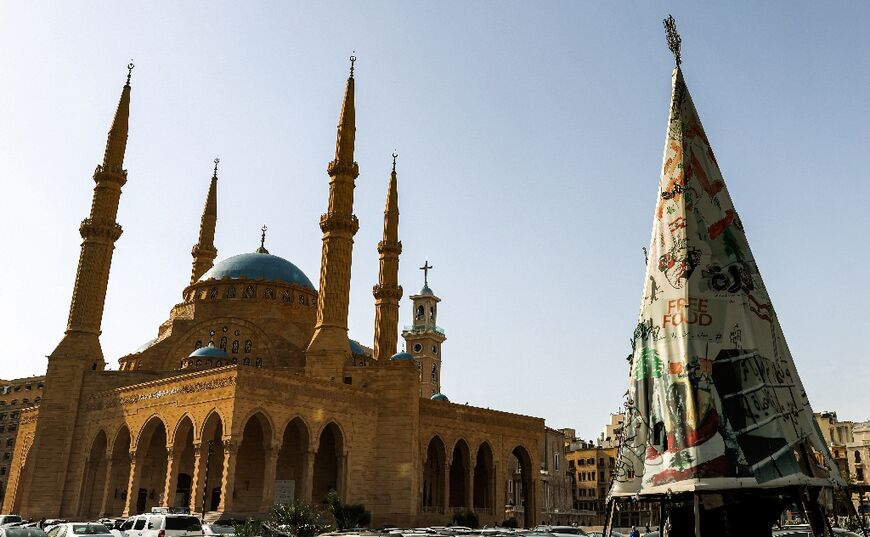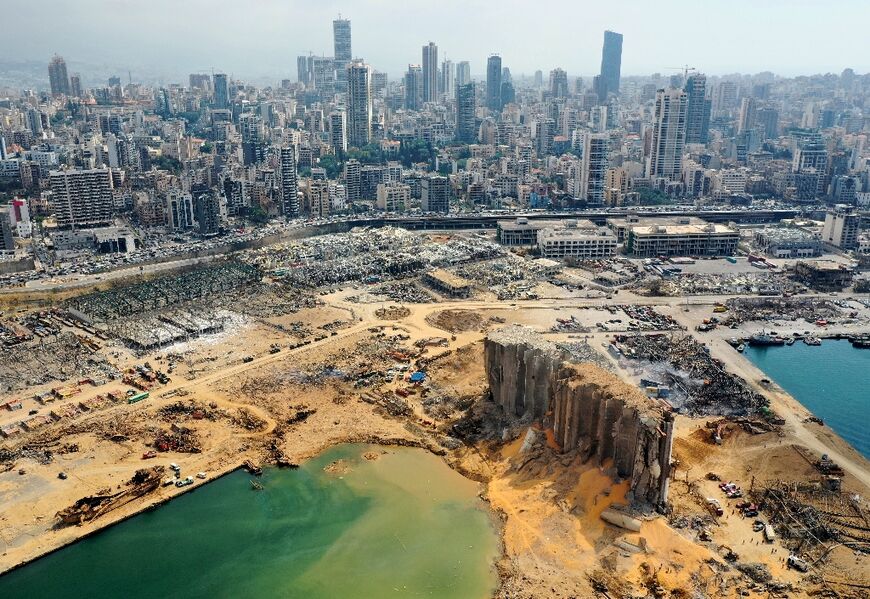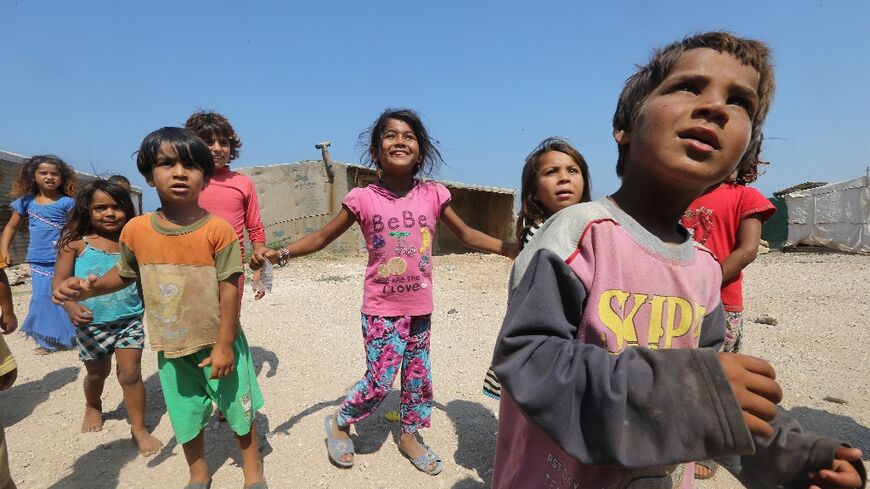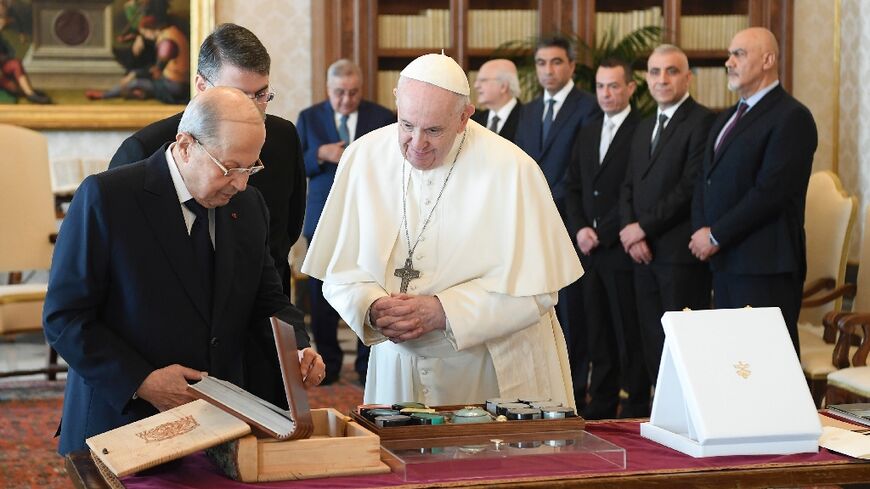Lebanon: small, multi-religious Mideast country
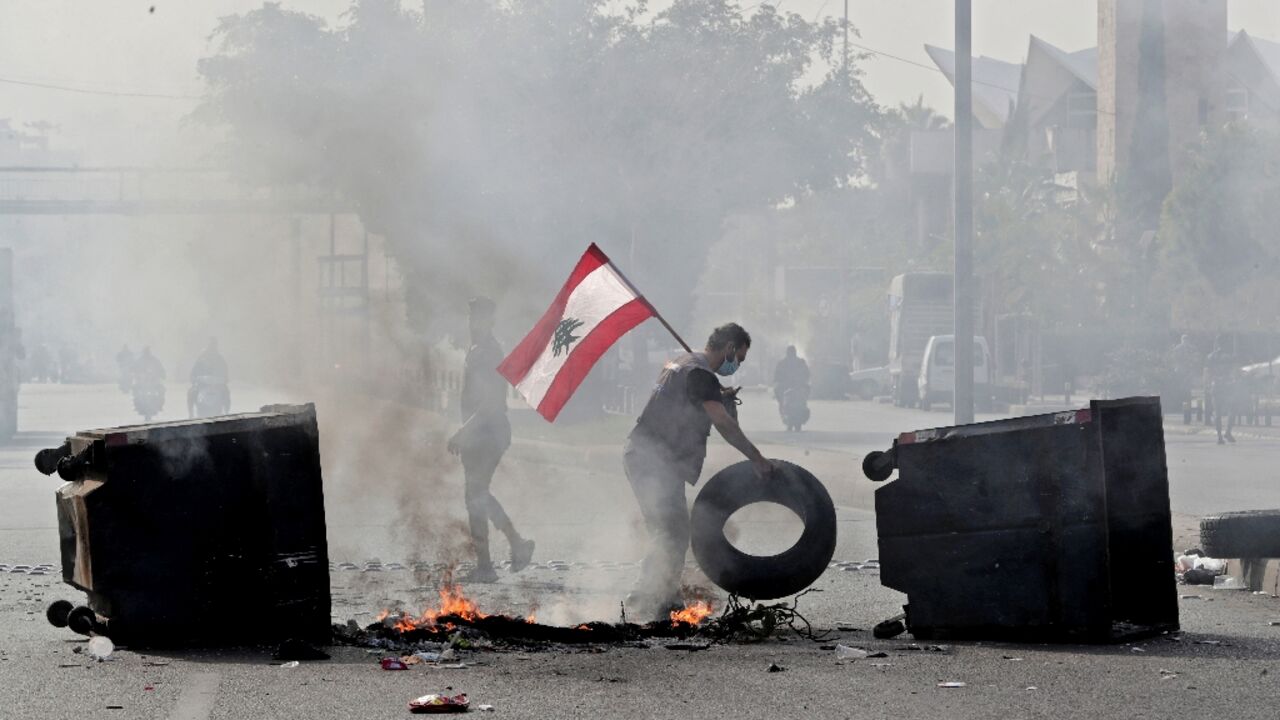
Lebanon, a small Mediterranean country wracked by political and economic turmoil and the fallout of the decade-old Syrian conflict next door, holds parliamentary elections on May 15.
Here are some key facts about Lebanon.
- Multi-confessional -
The country with the cedar tree flag is one of the smallest in the Middle East, at about 10,000 square kilometres (3,900 square miles).
Its population of around 4.5 million Lebanese is dwarfed by its diaspora, spread across the Americas, Europe, Africa and Australia.
Lebanon is considered relatively liberal in a broadly conservative region. Political power is split between 18 recognised religious communities under a confessionalist form of government.
Lebanon is a parliamentary republic, with a 128-member house split between Muslims and Christians.
In line with Lebanon's "national pact" dating back to independence from France in 1943, the president must be a Maronite Christian, the prime minister a Sunni Muslim and the parliament speaker a Shiite.
- Between Israel and Syria -
Lebanon endured a brutal civil war between 1975 and 1990 and was under Syrian domination from the 1990s until troops withdrew in 2005.
Its political institutions have long been paralysed by disagreement between the pro- and anti-Syrian camps.
In March 1978, Israel launched "Operation Litani" in south Lebanon, which it said was to protect the north of its territory from fighters from the Palestine Liberation Organization (PLO). It withdrew partially in June that year.
In June 1982, Israeli troops invaded Lebanon and besieged Beirut, forcing the PLO to flee.
In mid-2006, a 34-day war pitted Israel -- whose troops had withdrawn from southern Lebanon in 2000 -- against the Lebanese Shiite group Hezbollah, which is backed by Iran.
In 2013, Hezbollah said it was fighting in Syria alongside the troops of President Bashar al-Assad, its involvement dividing the Lebanese political scene even more.
- Shelter for refugees -
Lebanon saw the influx of an estimated 1.5 million refugees following the outbreak of Syria's civil war.
More than three quarters of them live below the poverty line, according to the UN.
Tens of thousands of Palestinian refugees also live in Lebanon, mainly in the country's 12 camps.
- Economic turmoil -
Lebanon is going through a severe economic crisis, described by the World Bank as one of the world's worst since the 1850s.
Lebanese residents have since 2019 suffered draconian banking restrictions on access to money.
Meanwhile, the local currency has plummeted some 90 percent against the dollar on the black market.
Around 80 percent of the population are struggling to escape poverty, the UN says.
For the first time in its history, Lebanon announced in 2020 it was defaulting on its debt payments.
The country lags in development in areas such as water supply, electricity production and waste treatment.
The pain was worsened by the August 2020 Beirut port explosion of ammonium nitrate fertiliser that devastated entire neighbourhoods and killed more than 200 people.
- Ties with France -
France is a traditional ally of Lebanon, with which it has historic, cultural, political and economic links, underpinned by the French language.
The close links go back centuries. In the 16th century after an accord with the Ottoman Empire, the kings of France became the official protectors of the East's Christians.
After the collapse of the Ottoman Empire, France became in 1920 the mandate power in Lebanon, setting the country's borders with Syria. It granted it independence in 1943.


